There are 99% more failures than success when developing new technology. This has been no exception to the rule although when I first stepped down this path I thought differently.
Many things were wrong. I had to go back to the drawing board almost completely.
 MECHANICUS
MECHANICUS
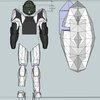
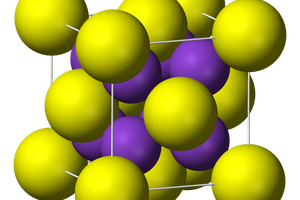
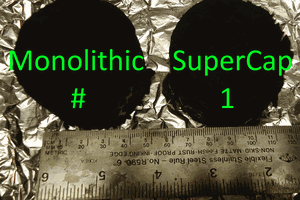
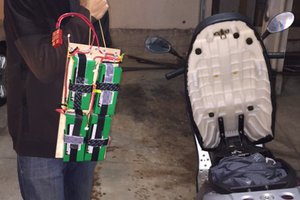
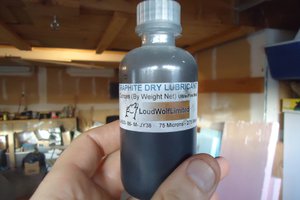
Wow, artificial muscles project was on my bucket list too!
There was a YouTube video some times ago, with a guy heating fishing wires with a hair dryer. Since then, I started thinking how this idea can be "twisted" even more. Never related it with ultra-capacitors, thought.
Your project really sparkled my interest, well done!